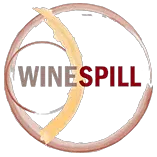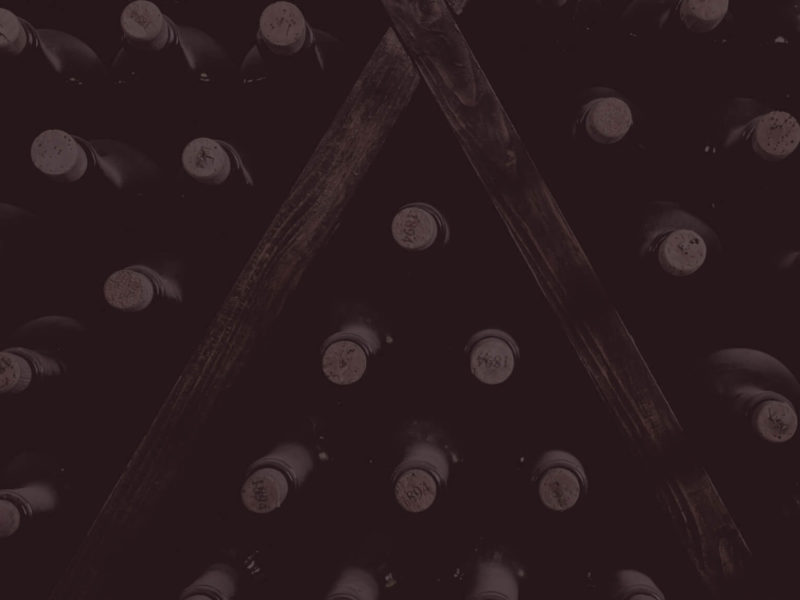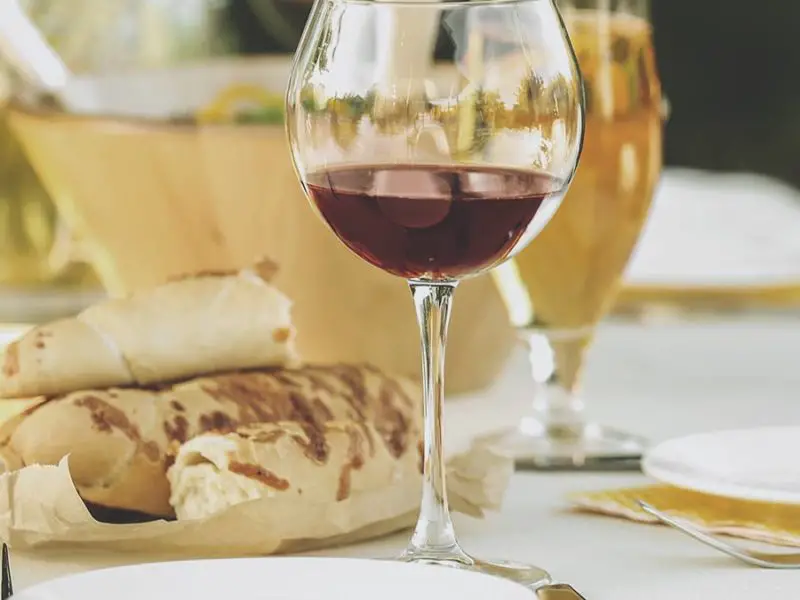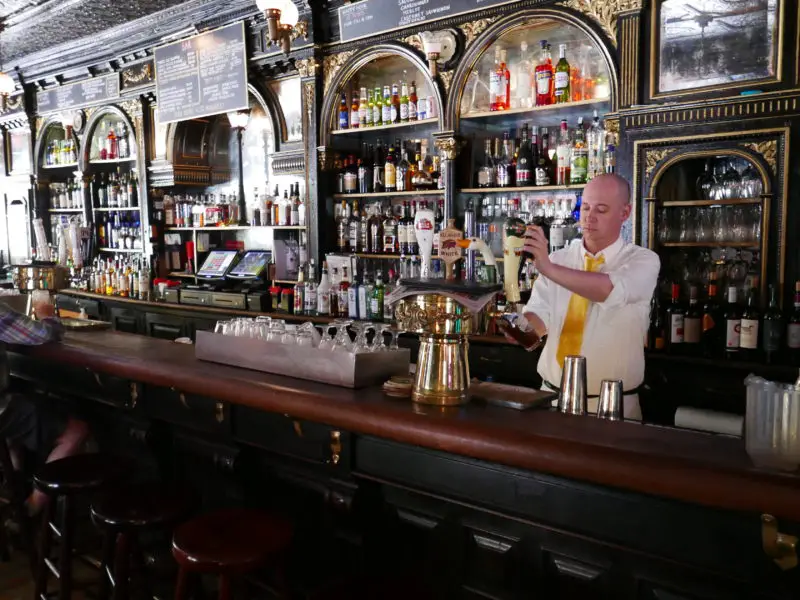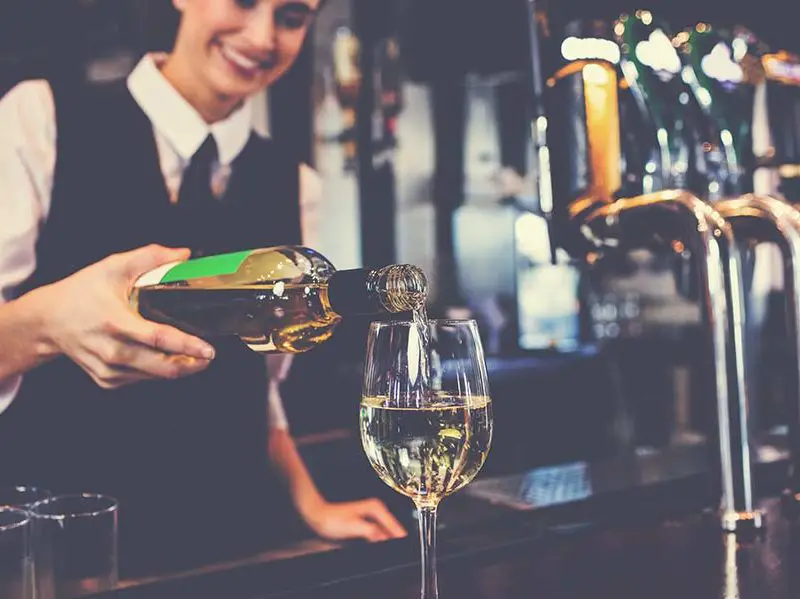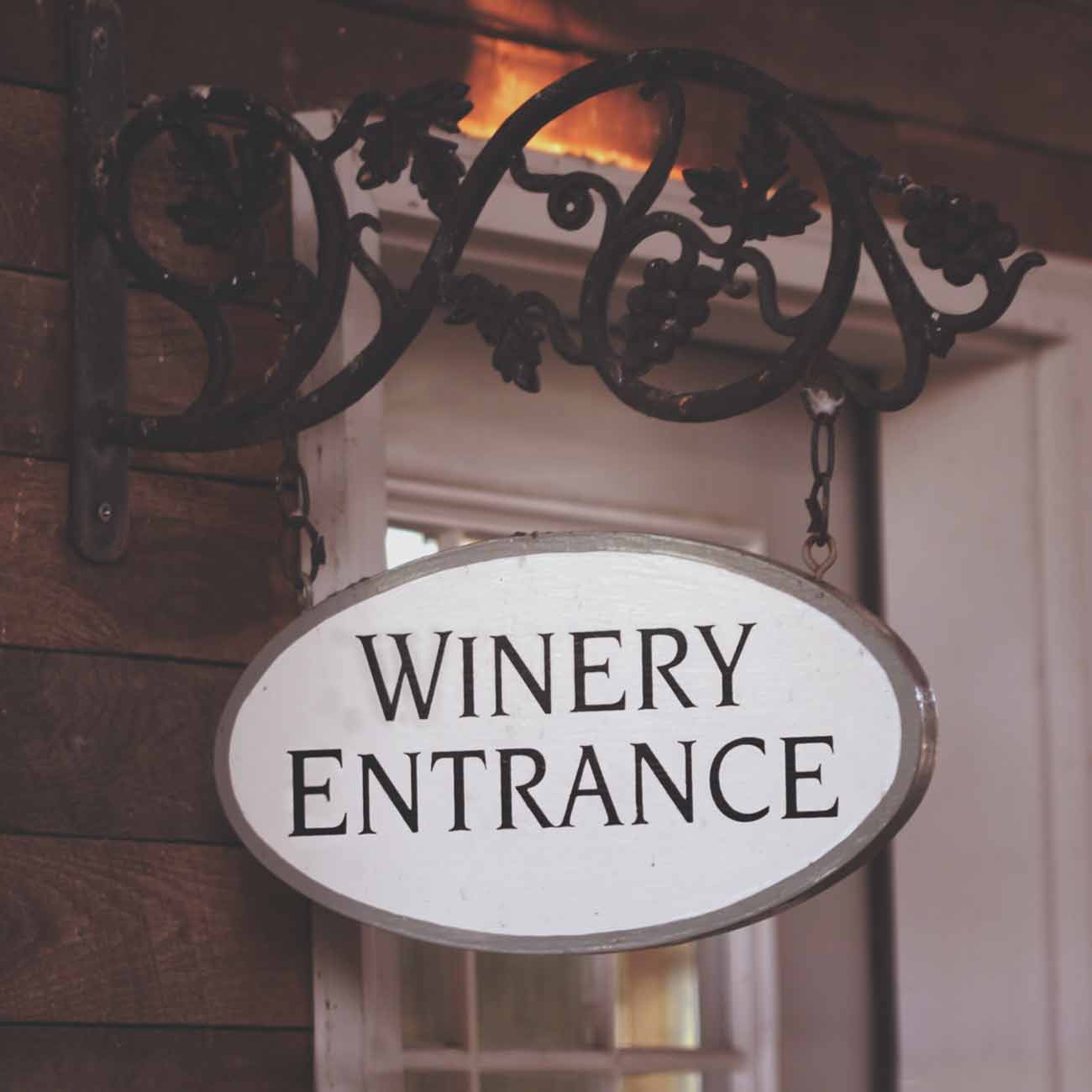
American Wine, New World Style – My Winespill
American wine is considered a New World wine and has a bold-style compared to the subtle-style of Old World wine. Growing conditions in the U.S. bring out the boldness of wine because of the warmer regions that endure a sunnier climate. This vast country of AVAs produce a wide variety of some of the world’s best wines. Winemakers have studied oenology in some of the best agriculture universities bringing science to the barrel as well as artistry of the craft.

Not Your Mamas wine World
The New World wine style is different from Old World mainly because of the tastes and traditions. In most Old World styles wine and culture revolve around food. The table is set with several courses and the family is seated for hours to enjoy a meal. So, the wine is an accompaniment to the stage of food. It shares the stage and acts as a supporting cast to the meal. From the heavy sauces in France and the pasta of Italy the flavor is deep and rich, but generally not a bold or intense flavor compared with American cooking.
Bold American Wine Matches our Bold Mix of Food
American cooking is home to barbecue, Buffalo wings, Tex Mex, chili, Asian fusion and jambalaya. A melting pot of flavors that can tip the scale of boldness. America is the home of the bold and iconic not only with wine and food but from cultural traditions as well. From the music genres of rock n’ roll to rhythm and blues; our style of blazoning t-shirts with our feelings and attitudes, tennis shoes, caps; and architecture’s medium of steel and glass ascending high into the sky. We are not a subtle society.
Market Driven Wine
In today’s wine landscape the soil is what makes a good quality wine. Gone are the days of planting the most famous wine to market driven sales. Knowing the land and what type of grape grows well in your region is part of a well-managed vineyard. With the help of science and an ambitious goal, wine grapes can now be grown in terroir not thought to be fertile in the past. The detail of different growing conditions give characteristics to wine, in the same way that someone can be a reflection of how they were raised in their environment. Most New World wineries are finally figuring out which grapes grow best on their soil and it is paying off.
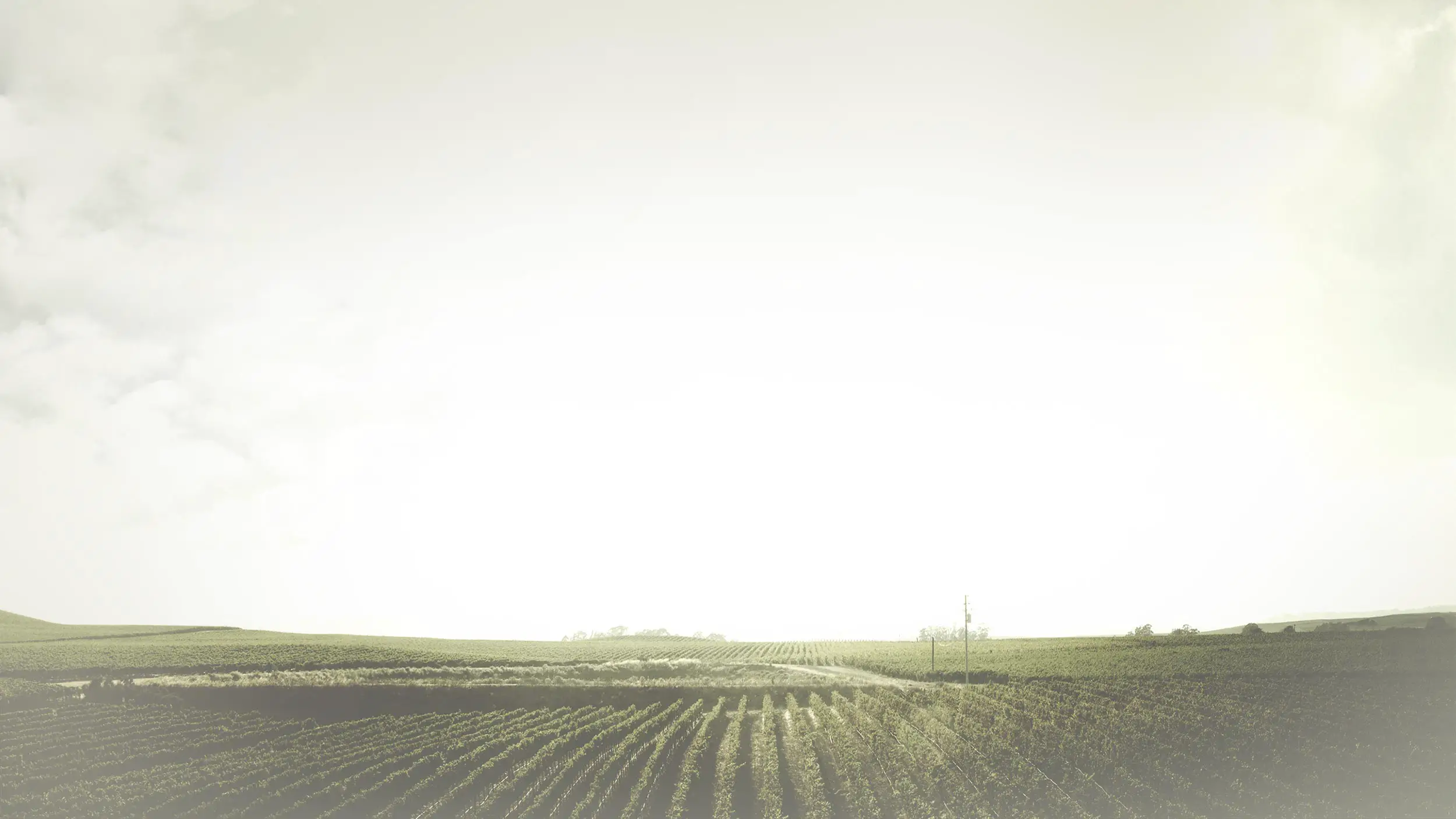
Make a little Noise
The American wine New World style makes a splashy entrance when compared to the traditions of Europe with not many to dictate style or limit experimentation. They also had some fine reputations to live up to in the Old World style. But like any new business in the marketplace, you need to fight for attention beyond your quality of wine. What garners more attention than to make a little noise? The New World wines epitomize the lush and bold wine styles to create a brand or a signature style.
Earthy V. Fruity
The earthy taste of Old World wines doesn’t relate to actually eating dirt, but it describes them as you would potatoes, mushrooms or many classic cheeses and their earthy funkiness. The term earthy is used in the Old World wine trade to distinguish subtlety and terror characteristics. Thankfully, in my mind, the New World wines use the term “fruity”, “fruit-driven”, or “fruit-forward”. These fruity terms you will find while reading back labels or tasting notes of wine critics to help you learn the earthy v. fruity debate. This generally means that the most prominent characteristic of the wine is bold, lush, opulent fruit, as opposed to earthiness or other subtle notes such as floral, spicy, and herbaceous.
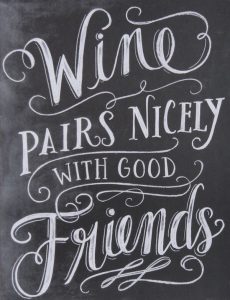
While there is no snobbery in American wine, it doesn’t hurt to learn some of the lingo. See my post on wine terms here to brush up on how to ask for a wine or describe how it tastes.
When purchasing wine here are a few tips on reading the label:
- Vintage dates tell you when the grapes were picked and the wine made;
- The more expensive it is, the better the weather was during that vintage;
- ”Reserve” is a small batch of wine kept separate and aged longer than the regular bottling;
- ”Estate bottled” is made from grapevines owned by and close to the winery.
Old V. New Wine Tasting
Use these wines to use for comparing your Old v. New wine tasting. In each tasting examine and look at the wine against a white background and give them a substantial swirl to aerate the aroma. This will help you to differentiate the styles and move on to local wines that are only grown in this region of the world because it is suited to this unique terroir.
- Riesling
- Sauvignon Blanc
- Chardonnay
- Pinot Noir
- Cabernet Sauvignon
- Merlot
- Pinot Gris/Pinot Grigio
- Viognier
- Syrah/Shiraz
